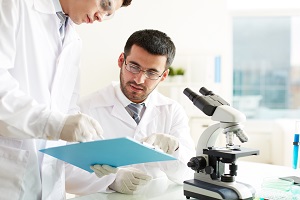The Stanford University opens the Center for Definitive and Curative Medicine (CDCM), the new center for treating genetic diseases. The initiative seeks to use gene therapy and stem cells to combat today's incurable pathologies.
Center doctors will use the findings of Stanford Laboratories to develop readable therapies for clinical trials. Instead of relying on medicines generated by biotech companies, they will use those created by university labs.
Stem cells and gene therapy have proven effective against Type 1 diabetes, some metabolic syndromes, and neurodegenerative diseases. For the time being they can not cure the disease, but they can at least weaken their symptoms. With gene therapy, it is possible to correct the DNA of some stem cells and use them for treatment.
Inside the center, professionals from various sectors will work. Their common goal will be to find a cure for today's incurable genetic diseases. A goal in some cases is much more handy than you might think.
According to Professor Anthony Gold, the solution will take some stem cells from children with genetic diseases and correct the defective gene. Once done, the cells will be retrieved again to correct the problem. This will avoid the risk of rejection and the problems associated with immunosuppressive drugs.
Before the procedure is fully feasible, further studies will be required. The potential, however, is very high and could turn into many theories today only theoretical.
Source: stanforddaily.com
Add a comment





